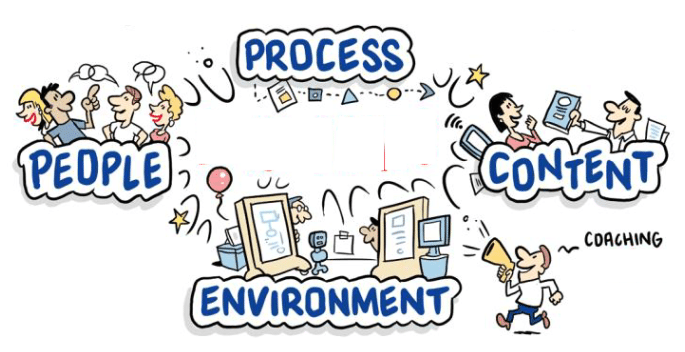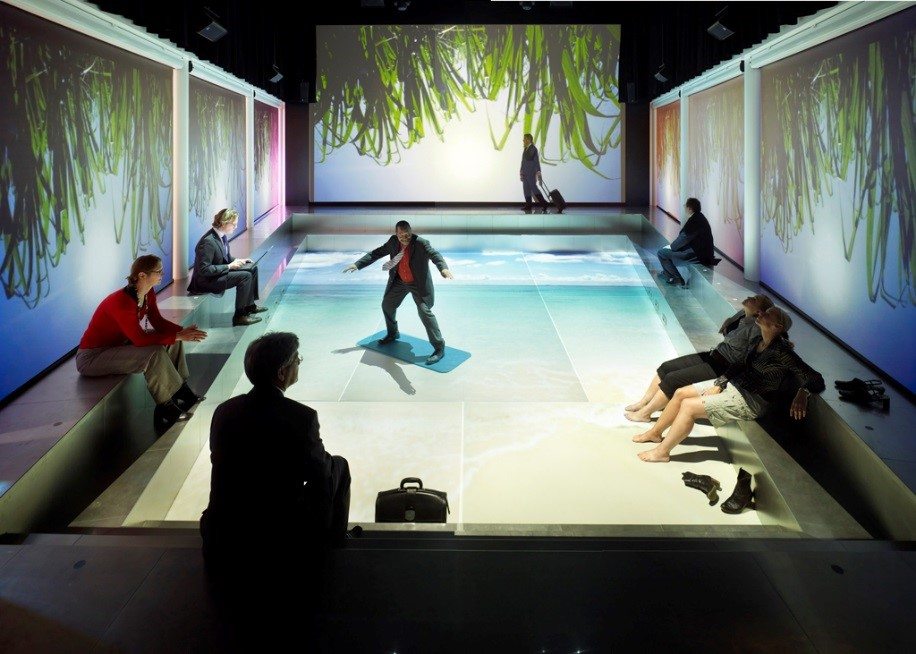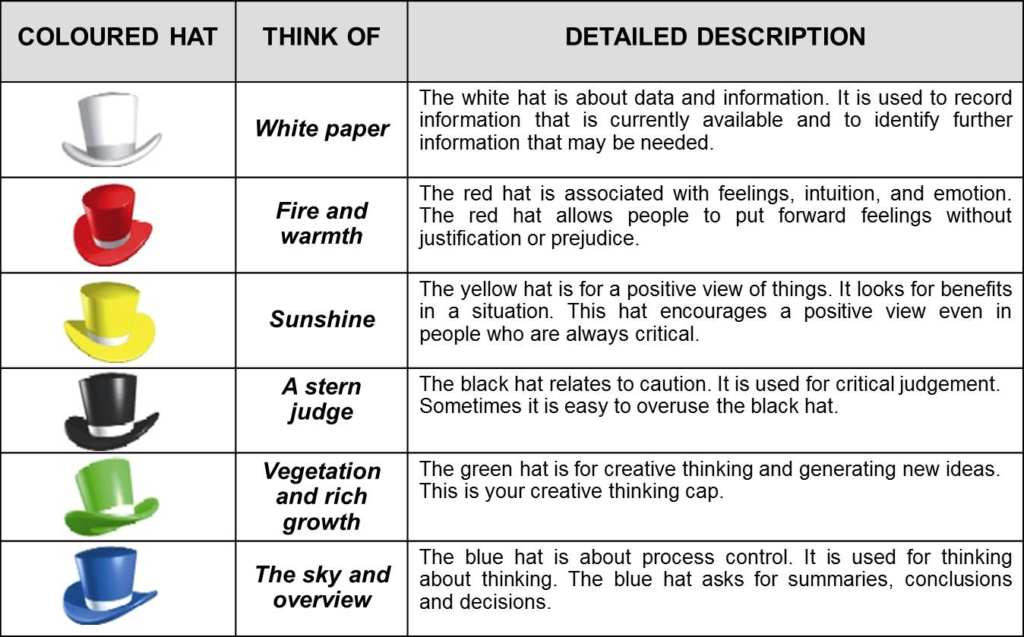* this is the last blog in a series of three on serious creativity.
The four components of creating magic
 In the first two blogs on serious creativity, I focused on the mindset of people and some ideation techniques. Assuming that you have assembled the right people and defined the content carefully, getting the most out of your teams and creating magic ALSO requires a specific process and a creative environment. Let’s start with the WHY.
In the first two blogs on serious creativity, I focused on the mindset of people and some ideation techniques. Assuming that you have assembled the right people and defined the content carefully, getting the most out of your teams and creating magic ALSO requires a specific process and a creative environment. Let’s start with the WHY.
Intuitive inspiration, allow yourself to listen!
While it is true that we do not know what we do not know, it is even worse that we do not know what we know! Our cognitive brains shield and hide our valuable knowledge and experiences. Although the brain ensures logical reasoning, at the same time it makes it difficult to allow inspiration to flow from our intuition. This intuition is essential, in my view, to finding new paths. We should create space for listening to it. A great process and great environment will make that possible.
GET in the mood for SPACE
It is a known fact that the environment greatly influences our mood and feelings. Designing a creative session requires a careful consideration of the space and environment. At DSM we installed some creative rooms for that purpose no less than seven years ago (see picture above). Nowadays, these creative environments have become a part of our everyday working lives at Brightlands in Geleen.
I once visited Rijkswaterstaat’s LEF future center. They invested millions in creating a creative space. As they also had to validate the investment, they collected evidence on the effect of creative environments. It is worth visiting the LEF website for some inspiration, where studies and impact analyses can also be downloaded (http://www.rws.nl/zakelijk/innovatie-en-duurzame-leefomgeving/lef-future-center/).
Minimal WAND for a space that will contribute towards creating the MAGIC:
- Walls to write on (to share your ideas visually as well);
- Active seating; only laid-back armchairs for recovering;
- No tables or objects that are physically between people;
- Decoration in line with the theme of the brainstorm or working session.
MIND the space duality
The other space we have to create is the space in our mind. To allow our intuition to be accessed, we need to fill up our cognitive brain so that it will be too busy to control our thinking. Fortunately, our cognitive brainpower is easily filled. Depending on your mental capacity, it can still only process 7 ± 2 pieces or elements of information. In our brainstorm sessions, we provide many pieces of information that are intended to provide inspiration, but are also used as a functional brain‑filler. After this part of the session, with the right process and directive, we will more or less automatically access our intuitive parts. It will also ensure that people are open to each other, as their minds are full and confused. I am not sure who said it, but remember that “a confused mind is willing to accept a helping hand”.
Six thinking hats to design your mindful process
The easiest way to create a mindful process is by using the six thinking hats of de Bono. Each hat represents a “way of thinking and behavior”, a “mindset”. If all participants are wearing the same hat at the same time in the process, it allows everyone to play on a level playing field. It ensures mutually understandable dialogue, as everybody is in the same state of mind, postponing other thoughts until the process allows it. The flow of a creative session could look like this:
- The blue hat controls the process
- The meeting could start with all the facts surrounding the problem being shared (the white hat)
- The blue hat shares the problem statement or challenge that requires a resolution
- The ideation on these challenges can start with the green hat (during this part of the process, the lotus flower technique is a valid technique, to be used in several iterations; see blog “serious creativity 2: Inside or outside the box?”)
- The blue hat can facilitate the clustering of ideas
- The yellow hat and the black hat are used to look for the pros and cons of the next logical step
- The blue hat can facilitate the selection of the top 5 ideas
- Once all the ideas are listed, a reflection round with the red hat allows all participants to give their personal view on the top 5 ideas
- The blue hat concludes the meeting with the next steps
Prepare to DESIGN
Organizing for creativity requires thorough preparation and a clear design of the process, the environment, the selection of the right people and a clear articulation of the challenge (the content). Thinking through and preparing all the elements of the design will ensure a magical creative workshop or event that will be remembered.
Get serious on creativity
As marketers, we need to be agile and creative, going beyond the artistic creativity required for campaigns, value propositions and tag lines. In today’s complex world, we need to discover new routes to market, new business models, new launch tactics and so on. We cannot rely on the past, but can also not afford to be paralyzed by it. It is our obligation to escape! Escape from our ingrained learnings. Escape from our box (see serious creativity blog 1). Once we are in an exploring mindset, we need to overcome the fallacy that breakthrough ideas are really “mind‑blowing”. In many instances, the breakthrough ideas are right under our noses, INSIDE OUR BOX (see serious creativity blog 2). Serious creativity doesn’t come automatically. Creating MAGIC requires the right people, the right content or challenge, a serious process with the right techniques, but above all a creative environment. As long as we understand these elements and consciously use them, we will be able to boost creativity dramatically.


